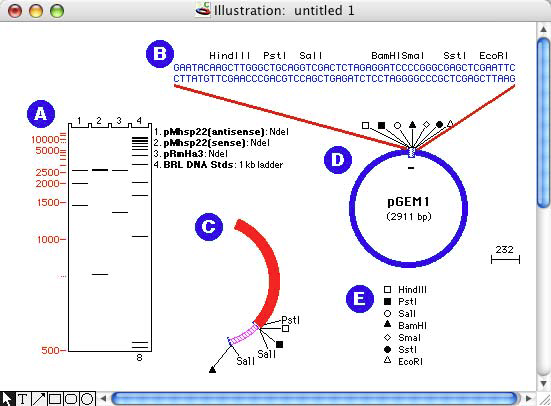
There is some controversy on this topic, most phylogeneticĪnalyses consider Archaea and Eukarya as sister kingdoms, thereby placing the root of the tree, i.e. Kingdoms): Bacteria, Archaea and Eukarya. Molecular phylogeny and the compilation of characteristic biomarkers have shown that all organisms living onĮarth fall into one of three distinct domains (or 1995 Blankenship & Hartman 1998 Martin & Müller 1998 XiongĮt al. Primitive precursors (see Castresana et al. Plastids and mitochondria towards their earlier and more Of photosynthesis and aerobic respiration backwards from ThisĪpproach progressively unravelled the evolutionary history Of organisms as a new approach to study evolution. Prokaryotic bioenergetics introduced the comparison ofĮnergy-conserving systems in as wide as possible a sample The recognition of the prokaryotic roots of chloroplasts and mitochondria as well as the diversity of Up to the early 1980s, efforts to understand the origin andĮvolution of energy-conserving mechanisms were mainlyīased on theoretical considerations and geochemical evidence. PhylogeneticĪnalyses of constituent enzymes in most cases argueĪgainst lateral gene transfer of these mechanisms between Which have so far only been found in Bacteria andĪrchaea, respectively, all major energy-conserving electron transport chains are operative in both prokaryotic With the possible exception of photosynthesis and methanogenesis, Of these species was sobering (Castresana & Moreira 1999 Ĭastresana 2001 Forst & Schulten 2001). That emerged from examining the bioenergetic capabilities Into the multitude of energy-conserving electron transferĬhains we find in extant prokaryotes. Main questions were the number and nature of bioenergetic mechanisms operating in LUCA and their evolution Of the bioenergetic community interested in evolutionĮxpected to see the origin and evolution of energyconserving mechanisms unfold before their eyes. Studied in detail and their genomes sequenced, the part Species situated at strategic positions on the tree were These species provided a new impetus to the study of the (with respect to habitat, aspect and/or metabolism) 3.8 × 109 years ago) to the presence of fully differentiated prokaryotes.ĭuring the past decade, as a result of sampling inĮxtreme environments, many hitherto unknown ‘exotic’ Leave the comparatively short time of at most a few hundred million years from the time Earth became habitable Molecular dating and geochemical evidence suggest that the divergence of the Archaea and theīacteria occurred between 3.5 × 109 and 4 × 109 years ago THE LIMITS OF INTERSPECIES COMPARISONSīacteria sub-trees. Keywords: evolution of bioenergetic enzymes phylogeny last universal common ancestor ġ.

Proposed based on the obtained tree topologies. Possible scenarios for the early evolution of selected complexes are Kit’ indicates an origin for several prominent bioenergetic enzymes that is very early, lying before theĭivergence of Bacteria and Archaea. Phylogenetic analysis of selected units from this ‘redox enzyme construction

Many of these enzymes appear in fact to be constructed from only a Years for hitherto unexpected family relationships between redox proteins of very diverse enzymes involved Genome analyses and the resolution of three-dimensional structures have provided evidence in recent Laboratoire de Bioénergétique et Ingénierie des Protéines (CNRS UPR 9036), Institut de Biologie Structurale et Microbiologie,ģ1 chemin Joseph-Aiguier, 13402 Marseille Cedex 20, France The redox protein construction kit: pre-last universalĬommon ancestor evolution of energy-conservingįrauke Baymann, Evelyne Lebrun, Myriam Brugna†,īarbara Schoepp-Cothenet, Marie-Thérèse Giudici-Orticoni and Right-hand corner of the article or click here
DARTMOUTH COMPUTER GENE CONSTRUCTION KIT FREE
Receive free email alerts when new articles cite this article - sign up in the box at the top The redox protein construction kit: pre-last universal commonĪncestor evolution of energy-conserving enzymesįrauke Baymann, Evelyne Lebrun, Myriam Brugna, Barbara Schoepp−Cothenet, Marie−Thérèse


 0 kommentar(er)
0 kommentar(er)
